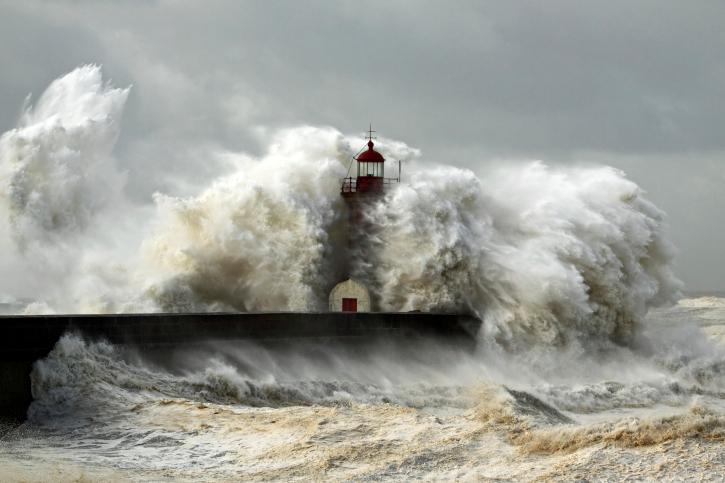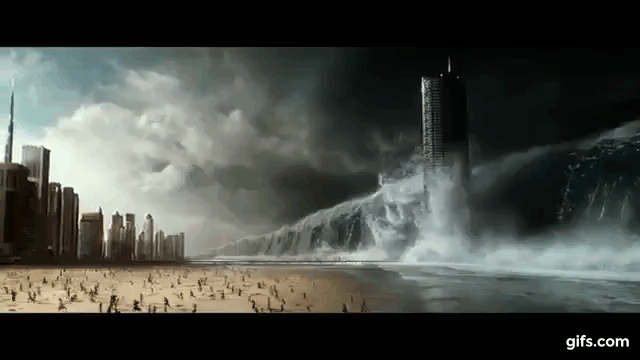A tsunami is basically an earthquake that occurs under the seabed. Depending on its intensity and location, it may or may not cause a tsunami. This means that not all tsunamis generate tsunamis, but all tsunamis are generated by tsunamis.
At the media level, since 2004 when the Indian Ocean Tsunami occurred, tsunamis began to have a great impact. In general terms, a tsunami is the same as a tsunami, and although we tend to think that they are differentiated phenomena, the truth is that in general terms they refer to the same phenomenon

How is a tsunami formed?
Like an earthquake, a tsunami occurs because of movement at the junction of two tectonic plates. The tsunami of the tsunami -or the epicenter of the marine earthquake- is the exact point where the movement or displacement of the tectonic plates begins to take place.
The intensity of the tsunami is determined by a complex series of variables, but the fundamental thing is the type of geological fault that characterizes the union of the plates. As we saw in another article, there are different types of geological faults, which give rise to different types of earthquakes and tidal waves.

When a vertical movement occurs between the plates, the water level rises and the wave begins to form. When it is a sufficiently strong earthquake whose hypocenter is relatively close to the mainland, the elevation of the water level is seen as a withdrawal from the coastline.
That is to say that if you are on the beach at the time of a tsunami, you will see how the coastline begins to recede, and this means that a tsunami is forming. The height of the wave and the speed at which it moves depends directly on the intensity of the tremor that gives rise to it.

<centerSource
For example, the tsunami of December 26, 2004 in the Indian Ocean was classified as one of 9.0 Mw (seismological scale of magnitude at the moment, greater intensity than the Richter). It occurred 120 kilometers off the coast of Sumatra, and approximately 30 kilometers below sea level.
The tremor, between 8 and 10 minutes long, caused a series of tsunamis that spread throughout the Indian Ocean for a couple of hours, but the first wave, about 15 meters high, hit the coast of Sumatra so only in a matter of minutes.
As we said, a tsunami is the equivalent of an earthquake that happens on the ocean floor. If it is a low intensity one, it is likely that it does not even appear on the surface and does not generate waves so large as to be considered a tsunami. On the contrary, if it is of greater intensity and also occurs close to the coast, a tsunami is one of the most devastating natural catastrophes that can happen.
You received a 10.0% upvote since you are not yet a member of geopolis.
To read more about us and what we do, click here.
https://steemit.com/geopolis/@geopolis/geopolis-the-community-for-global-sciences-update-3
If you do not want us to upvote and comment on your posts concerning earth and earth sciences, please reply stop to this comment and we will no longer bother you with our love ❤️
Downvoting a post can decrease pending rewards and make it less visible. Common reasons:
Submit